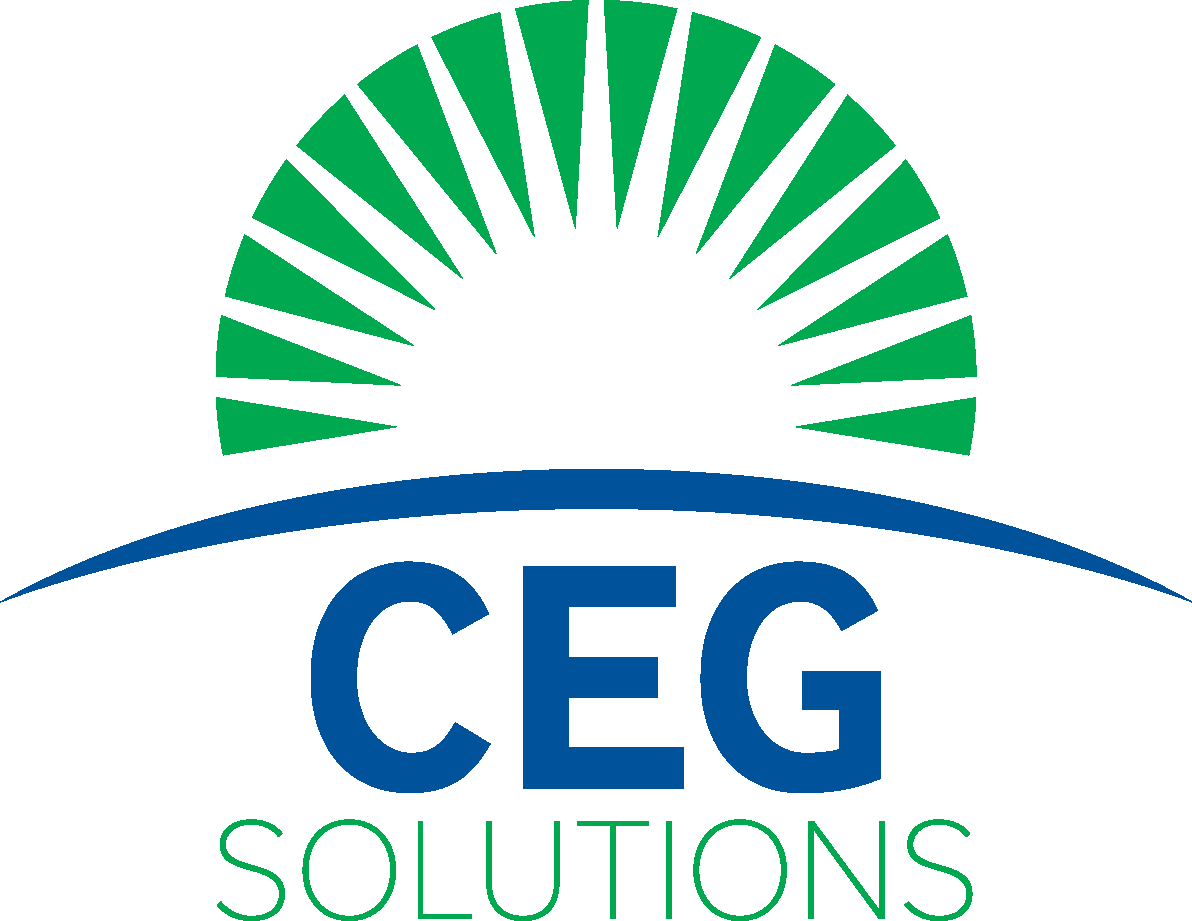
US Office of Personnel Management - Phase I-III
CEG and OPM’s efforts on Phases I-II helped reduce site electricity consumption by 52% and reduce total site energy consumption by 44%. Phase III will enhance site resilience via data center upgrades and infrastructure renewal and will reduce energy consumption by an additional 14%.
Deep Energy Retrofit
58% Energy Reduction
$1.7MM Cost Savings
24,100MM BTU Energy Savings
6.2MM Gallons of Water Savings
Project Highlights
Replaced outdated steam infrastructure with a new hot-water boiler plant
Included a N+1 redundant heating system, a 2N redundant domestic hot water system, and emergency power interconnection to improve resiliency
Energy Conservation Measures
High-efficiency condensing heating and domestic hot water plant
LED lighting retrofits and advanced lighting controls (including daylight harvesting)
Airside retrocommissioning
High-efficiency AHUs with variable speed fan walls
Air distribution upgrades and VAV conversions
Cooling tower controls upgrade
Kitchen appliance replacement
Chiller plant modernization and right-sizing
Variable speed pumping upgrades
Demand-control ventilation
Utility rate adjustments
Irrigation controls and upgrades
Domestic water fixture replacements
Project Overview
In 2014, OPM awarded CEG an $11MM ESPC project that focused on modernizing OPM’s mission-critical Theodore Roosevelt Building (TRB) – a 10-story, ~1MM GSF federal office building in Washington, DC – and the Federal Executive Institute (FEI) – a historic multi-facility training campus in Charlottesville, VA. Despite previous energy and water retrofits, CEG identified numerous ECMs across both sites. CEG (1) used whole-building modeling to assess ECMs and interactive effects, (2) implemented building envelope, lighting, and controls upgrades, and (3) included chiller right-sizing because the chillers were significantly oversized as a result of the load reductions from the upgrades. In 2018, OPM awarded CEG a $27MM Phase II project. For Phase II, CEG extended this deep energy retrofit approach to produce significant additional savings. The two completed phases have reduced utility costs by approximately $2.3MM and energy consumption by 37,670 MMBTU since Phase II was completed in 2020.
Deep Energy Retrofit Approach
For Phase II, CEG used data from BAS trends and over 115 loggers to create a whole-building eQuest energy model that captured the interactive effects of ECMs. ECMs included converting the aging steam system to a condensing hot water boiler plant, installing new variable speed chillers, revising BAS sequences, converting the outdoor air system to return air, installing variable speed AHUs and VAV boxes, upgrading lighting and sensors, and implementing water saving technologies. For Phase III, CEG is leveraging $1.5MM in AFFECT grant funds to support additional deep energy retrofit upgrades, including data center and resiliency improvements, cooling system retrofits, retrocommissioning measures, and existing solar PV system replacement.
Results
CEG’s deep energy retrofit strategy leveraged the interactive effects of HVAC, lighting, and envelope upgrades and ultimately reduced central plant capacities by 25+% while increasing efficiency. CEG and OPM/GSA’s efforts on Phase I-II and other related initiatives resulted in electricity consumption reductions of 52% and energy consumption reductions of 44%. Phase III will reduce energy consumption by an additional 14%.
“It takes a concerted effort for decision-makers to fully understand and appreciate the benefits of pursuing an ESPC project to achieve greater energy efficiency.”
Awards
The project has been recognized by the DOE and AEE for excellence and innovation.


